Space Missions
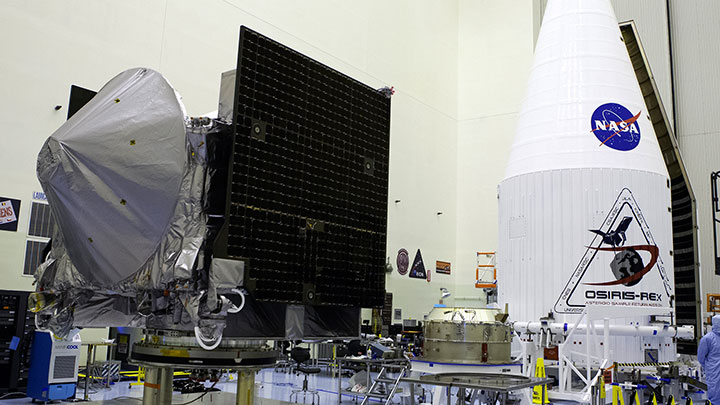
Credit: NASA/Glenn Benson
OSIRIS-REx
OSIRIS-Rex is a mission to recover samples from the asteroid 101955 Bennu. It was launched in September, 2016, and Bennu was chosen as the target, as it a B-type asteroid, believed to be one of the earliest forming and most primitive types of asteroid. Returned samples of pristine asteroid will provide great insights into the early formation of the Solar System, as they are uncontaminated and unaltered. The spacecraft will arrive at Bennu in December 2018, and then spend until March 2021 studying the asteroid, and collecting up to 2 kg of samples, before returning to Earth, landing in the USA in September 2023. Within SSTC, Phil Bland is a member of the science team that will be studying the asteroid, and will be involved the analysis of the returned samples.
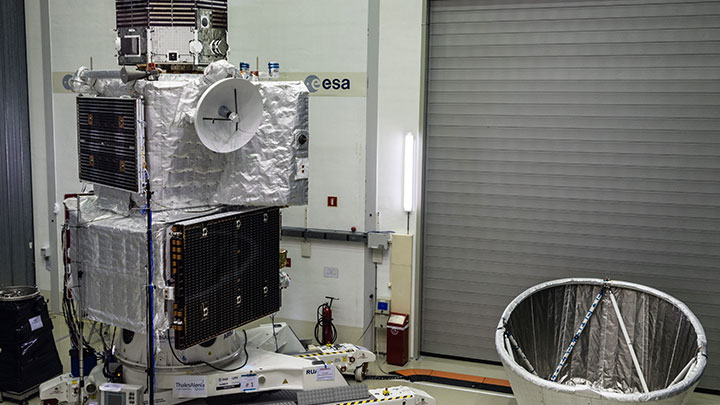
BepiColombo
Launched in October 2018, BepiColombo is a joint European Space Agency/Japanese Aerospace Exploration Agency to explore the planet Mercury. It will arrive at Mercury in December 2025. This is a major mission, with the spacecraft consisting of two satellites, a planetary orbiter and a magnetospheric orbiter, with a combined weight of 1485 kg. Mercury is the innermost planet of the Solar System, a dense body covered in many craters. It also has some of the coldest places in the Solar System on it, in permanently shadowed polar craters, despite being the closest planet to the Sun. BepiColombo will produce detailed maps to investigate the geology and the planets formation, while also mapping the planets magnetic field and inner core. Phil Bland is a team member on the MIXS instrument that will study the elemental composition of the surface using an X-Ray Spectrometer.
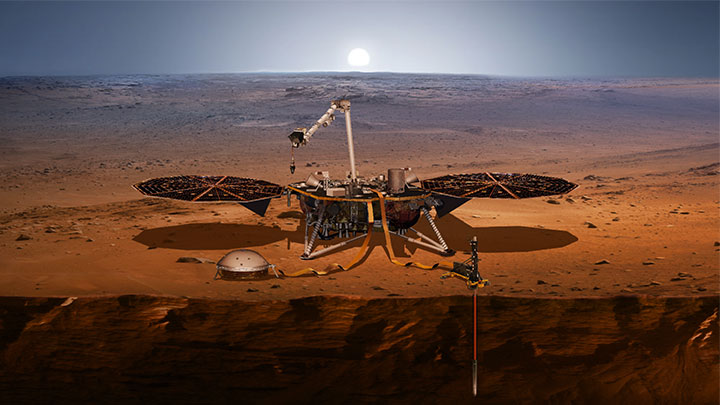
Mars Insight
Mars Insight was launched in May 2018. It is a NASA Discovery Program mission that will place a geophysical station on Mars to study its crust and interior. It has three key scientific instruments: a seismometer (SEIS), a heat probe mole (HP3) and a radio science experiment (RISE). They will passively observe the Martian interior: listen for any seismic activity, measuring the temperature and heat flow close to the surface and observe ground movement for measuring properties of deep interior. The seismometer will detect any marsquakes, produced by Mars either internal or external processes, like meteoroid strikes. Within SSTC, Katarina Miljkovic is part of the SEIS science team, where she will model and study the interaction of meteor impacts with the Martian surface, through the Mars quakes they produce.
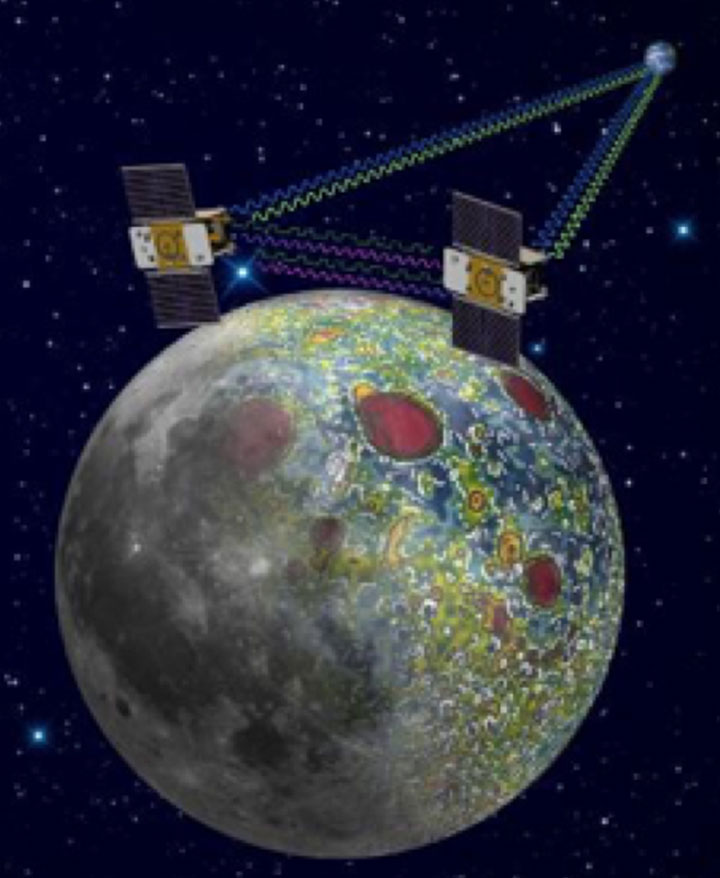
Missions Heritage
SSTC team members have worked on now finished space missions, either as scientists associated with a particular instrument or generally as formal participants, or as engineers working on the construction of the instruments or spacecraft. Past missions that SSTC team members have worked on include:
- Beagle 2 – ESA/British Mars lander. SSTC team member Martin Towner was involved in the design, construction and science analysis of the Meteorology sensors.
- Stardust – NASA sample return from comet Wild/2. Several SSTC team members involved in sample analysis.
- Hayabusa – JAXA sample return from the asteroid Itakowa. SSTC team members involvement in sample analysis, and studies of the re-entry and recovery at Woomera, South Australia.
- GRAIL – NASA mission to study the Moon, using a twin spacecraft to measure the global lunar gravity field in the highest resolution to date. SSTC member Katarina Miljkovic was involved with understanding the evolution and structure of the lunar crust and upper mantle via gravitational signatures of large lunar basins. Find out more.
- ExoMars (Schiaparelli entry probe) – ESA Mars demonstration entry probe, which entered the martian atmosphere in October 2016. SSTC team member Martin Towner was involved in scientific atmospheric density studies from the probe’s entry data. Find out more.
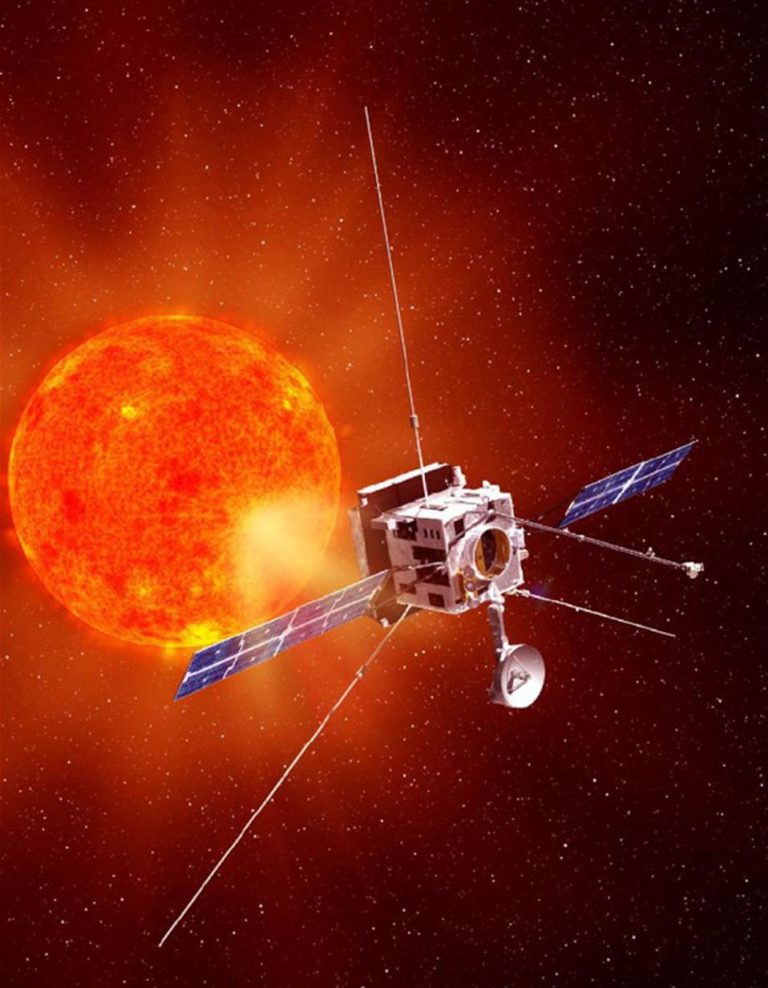
Solar Orbiter
A Sun-observing space probe, medium-class mission of ESA’s Cosmic Vision Programme. SSTC team member Martin Cupak was working on flight software for the STIX instrument on-board of Solar Orbiter providing imaging spectroscopy of solar thermal and non-thermal X-ray emission. Find out more
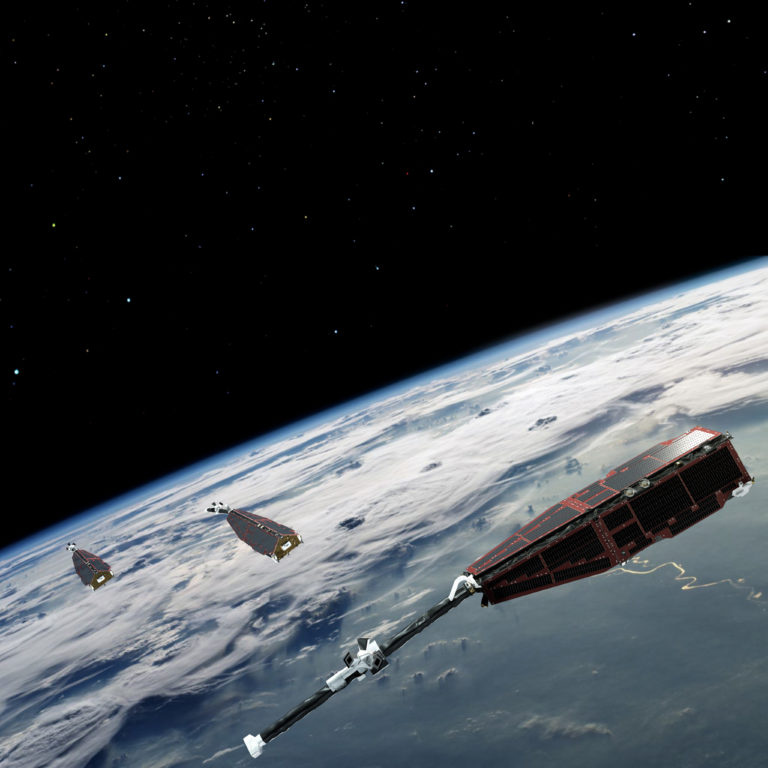
SWARM – ESA
Earth Explorer mission. The primary aim of the Swarm mission is to provide the best ever survey of the geomagnetic field and the first global representation of its variation on time scales from an hour to several years. The fleet of the three identical SWARM satellites was launched in November 2013 and is still operational. SSTC team member Martin Cupak was head of the flight SW development team for ACC instrument on board of each of the SWARM satellites. Find out more.
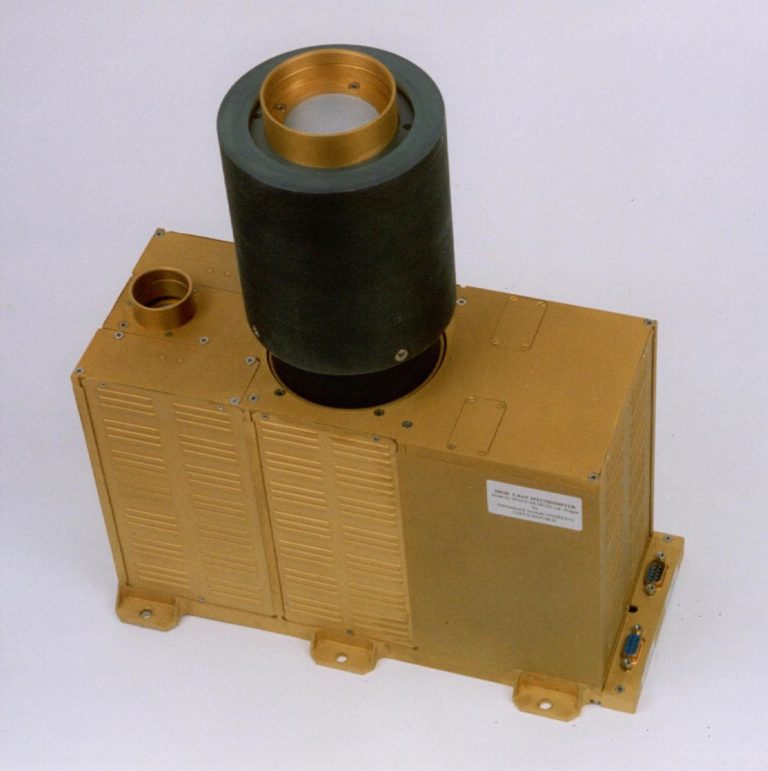
HXRS – Hard X-Ray Spectrometer
Sun observing instrument on board of US DoD satellite ‘MTI’. Launched in March 2000, operational till January 2003. SSTC team member Martin Cupak developed on-board software and ground based data processing software for the instrument.
